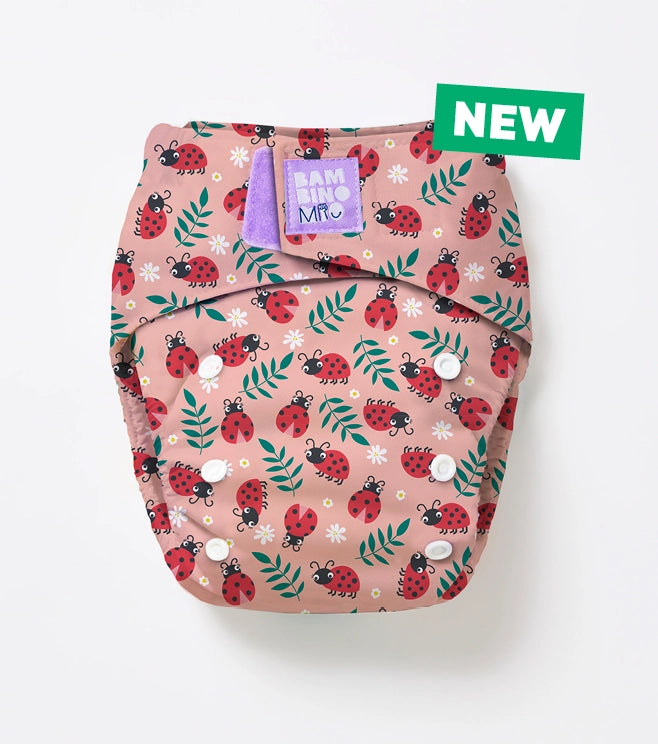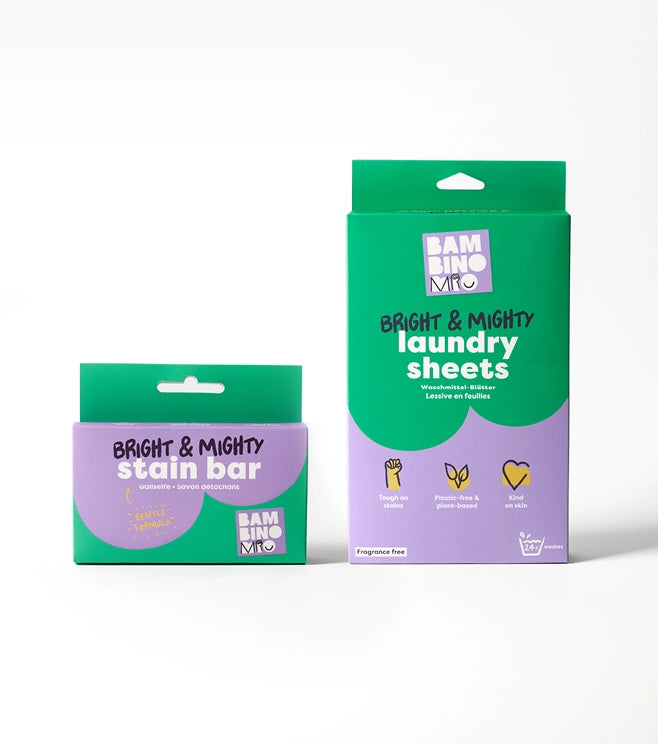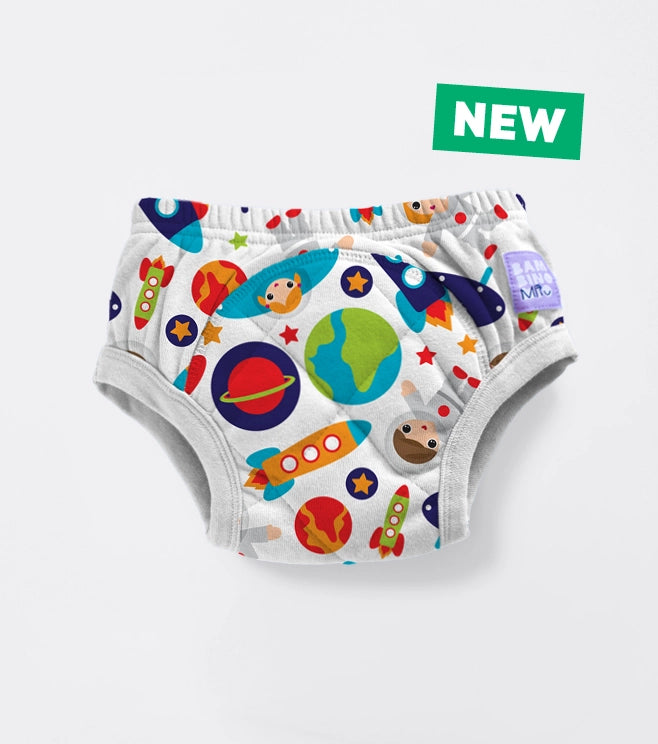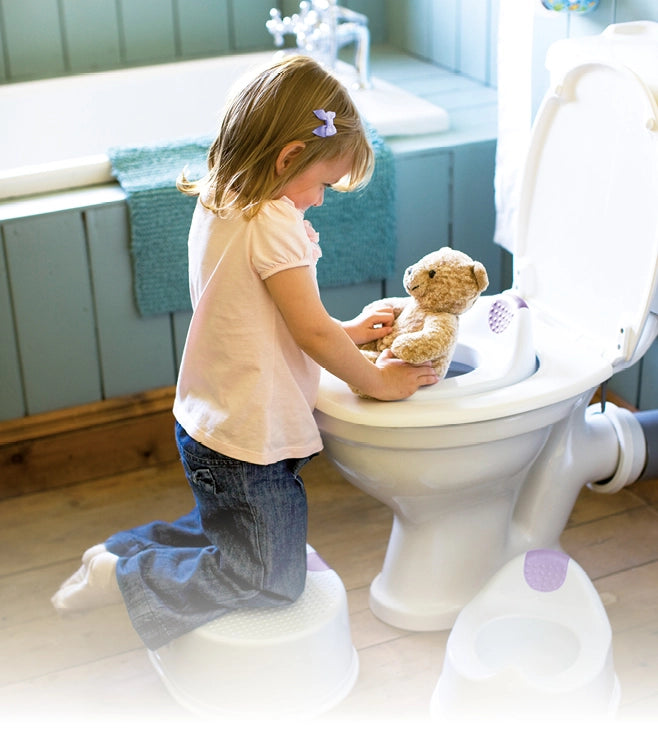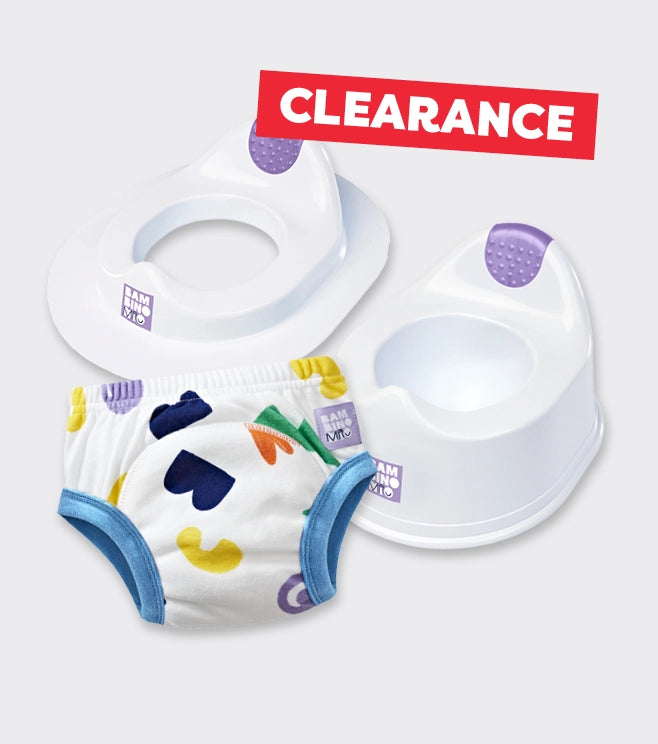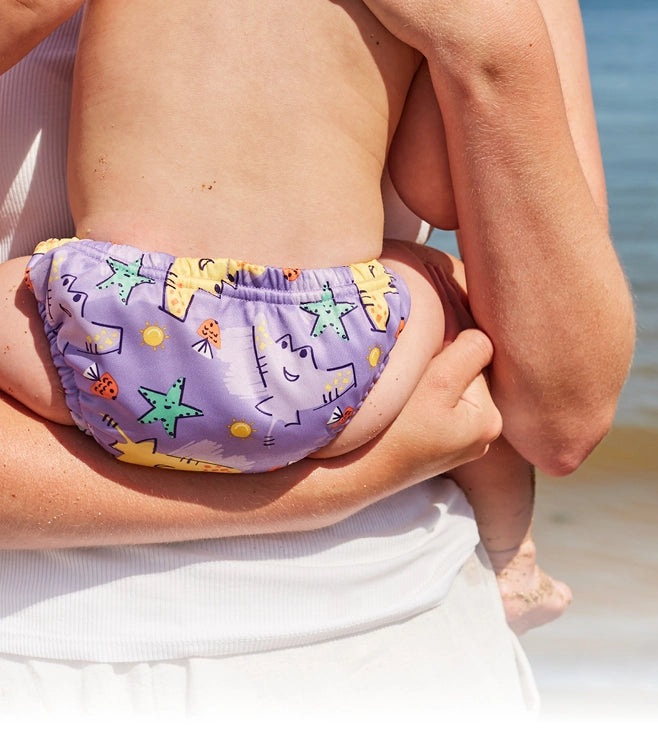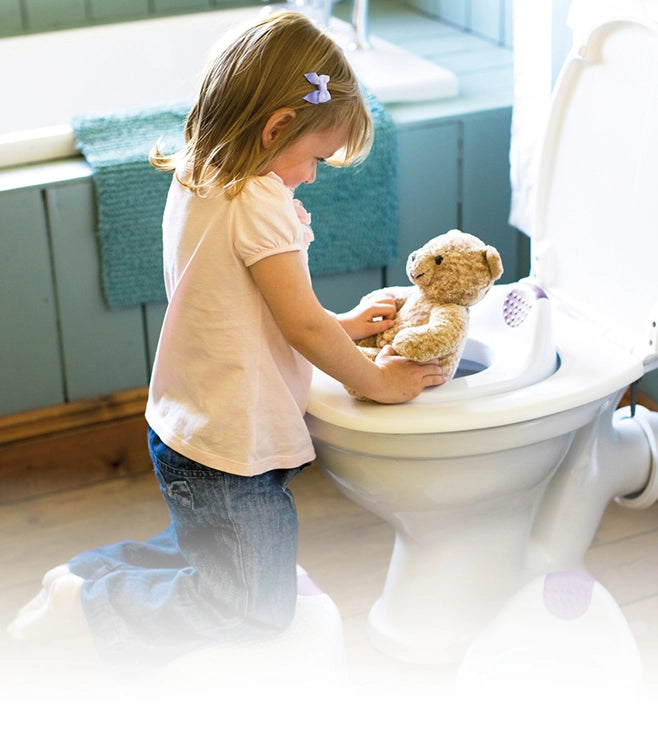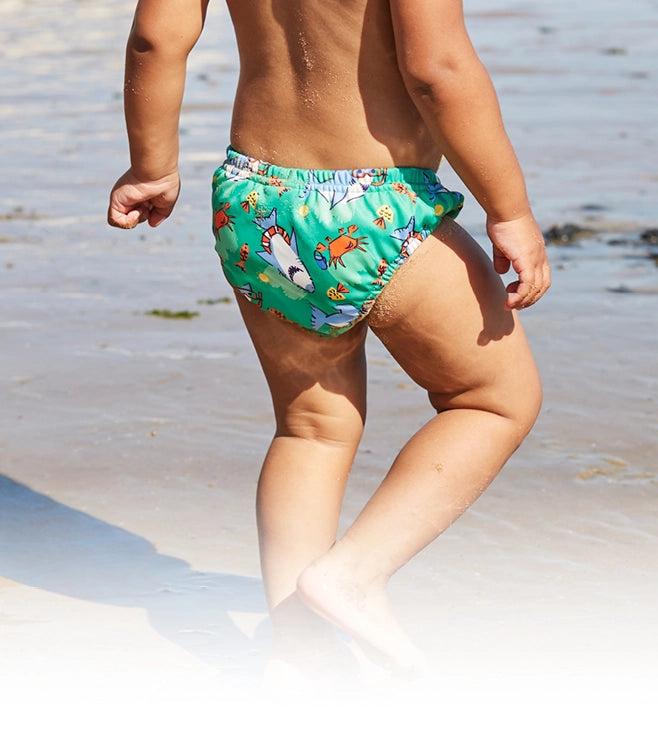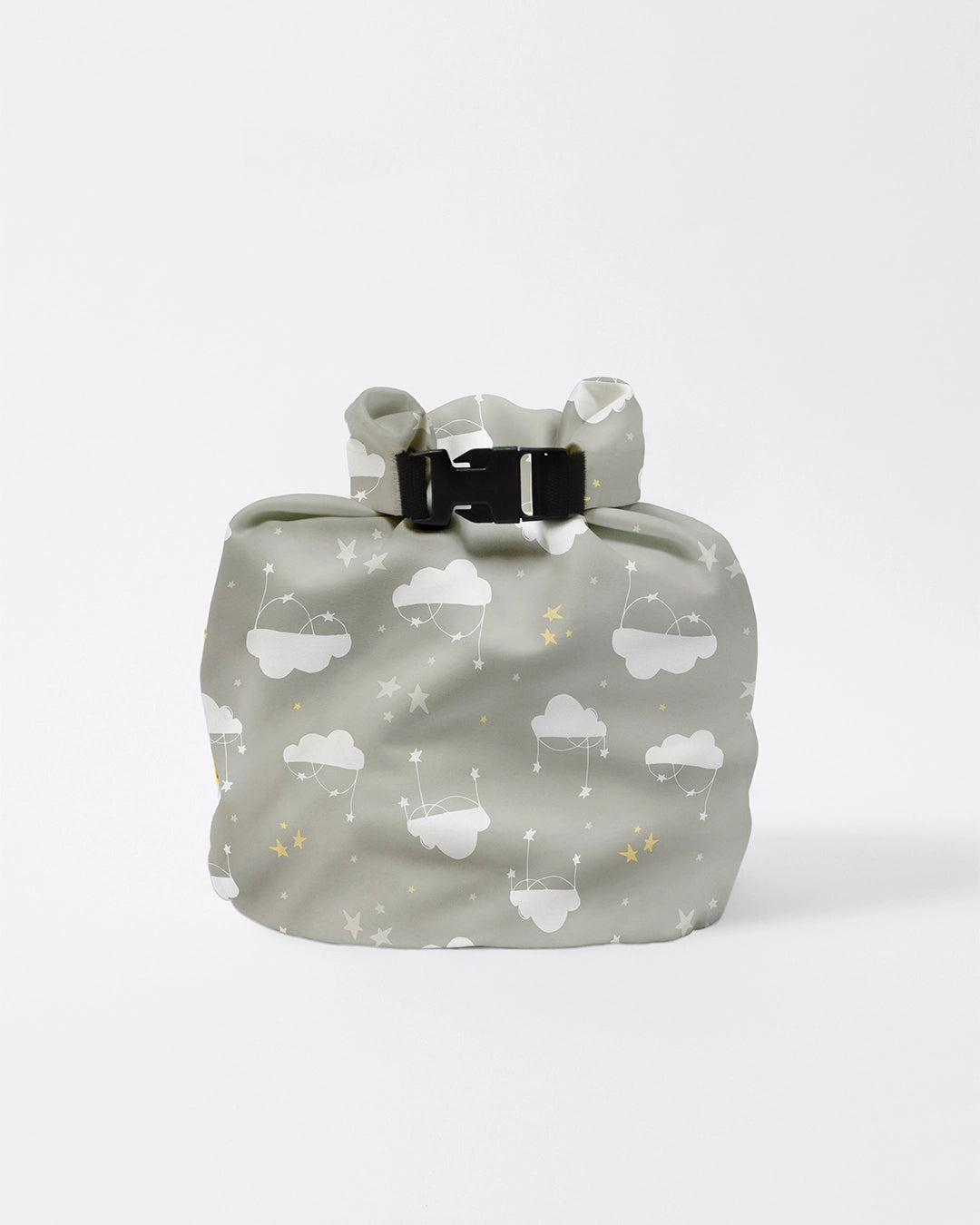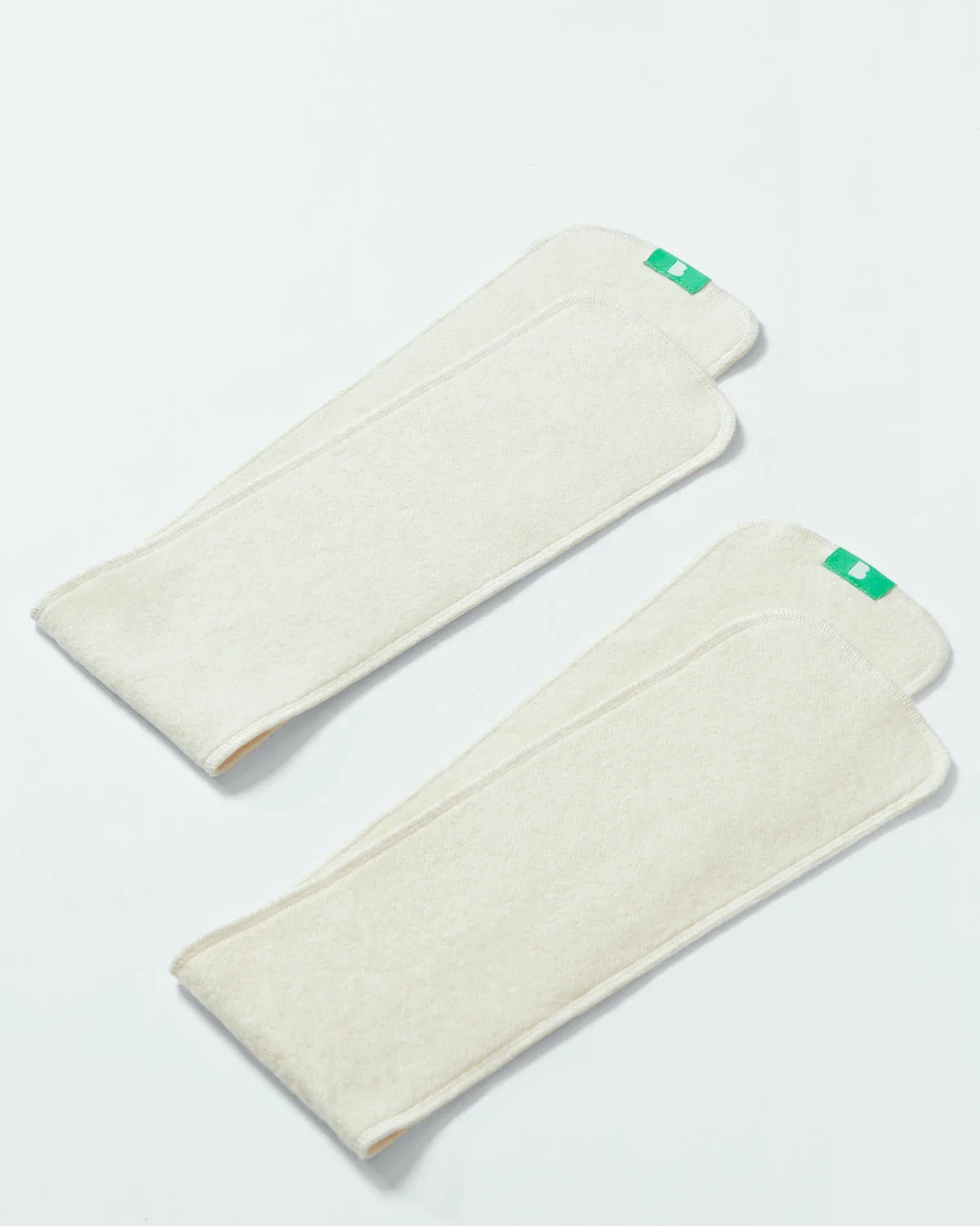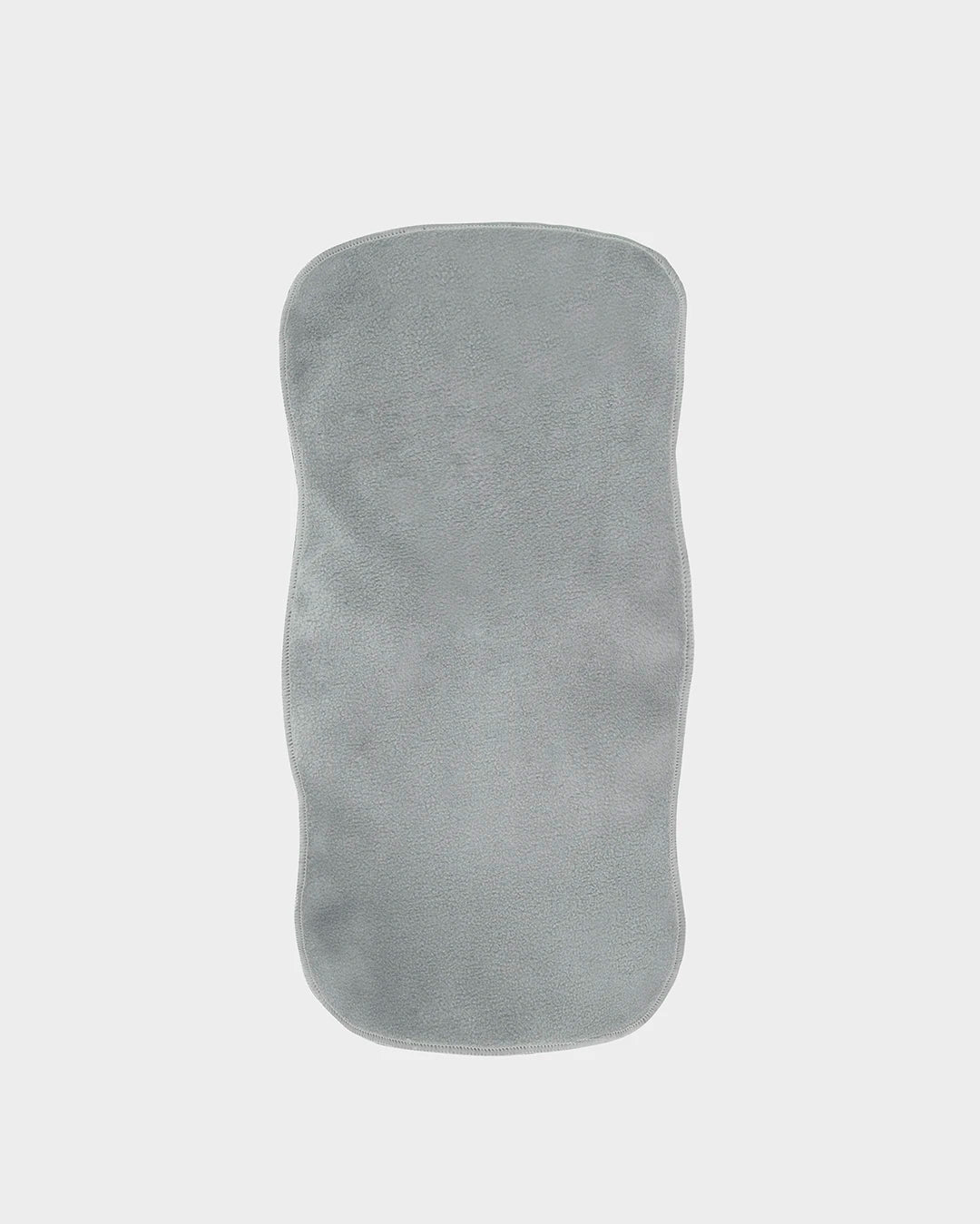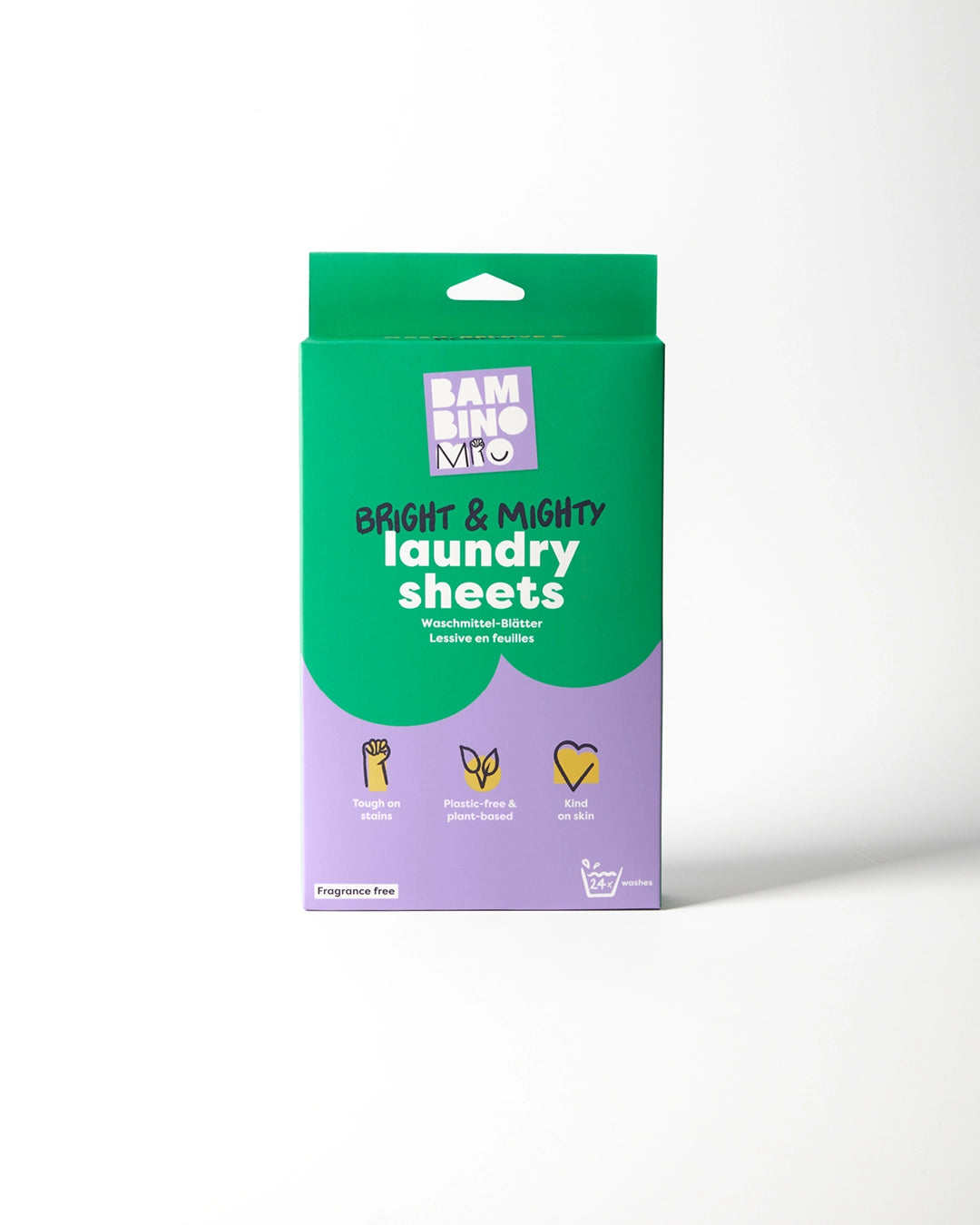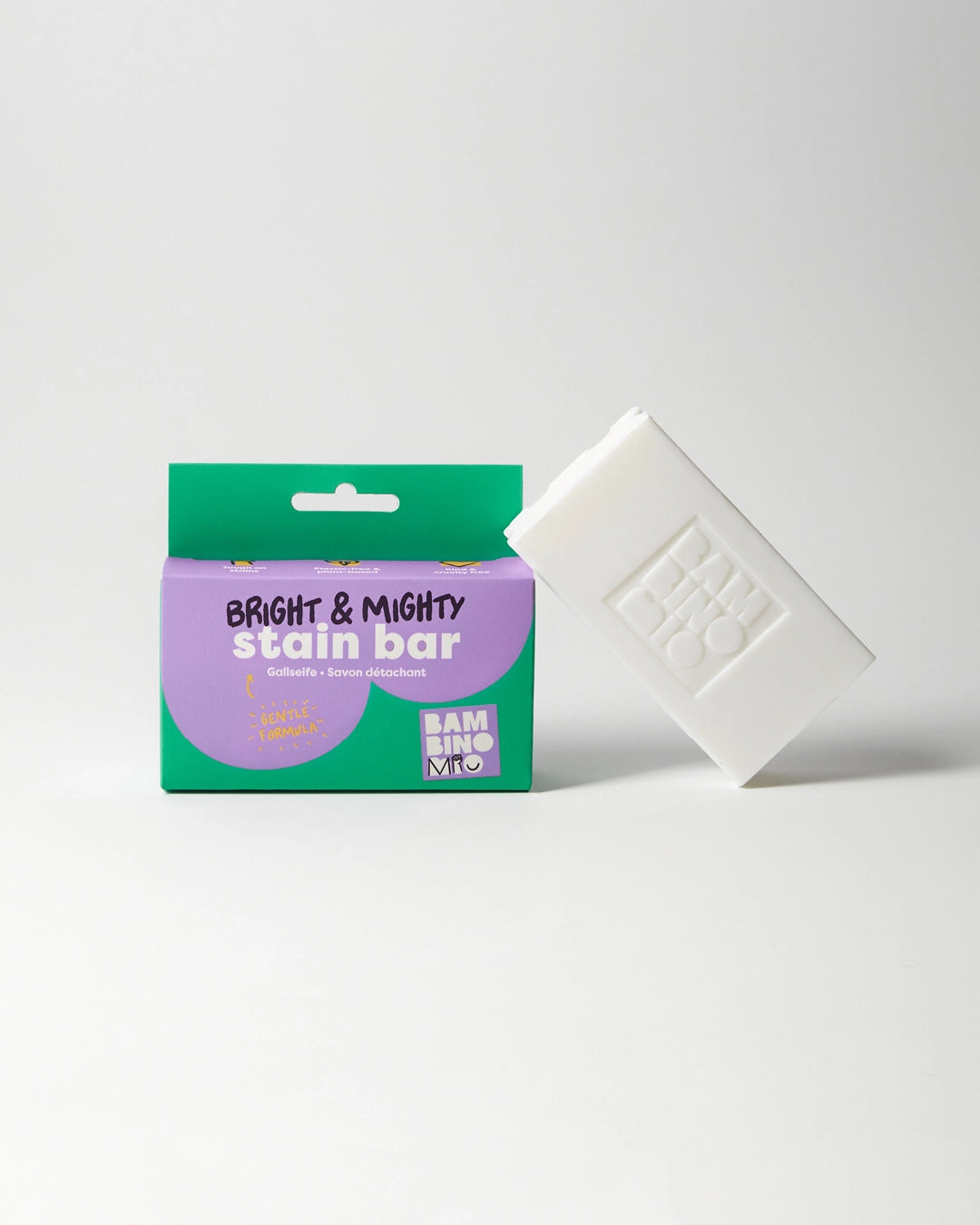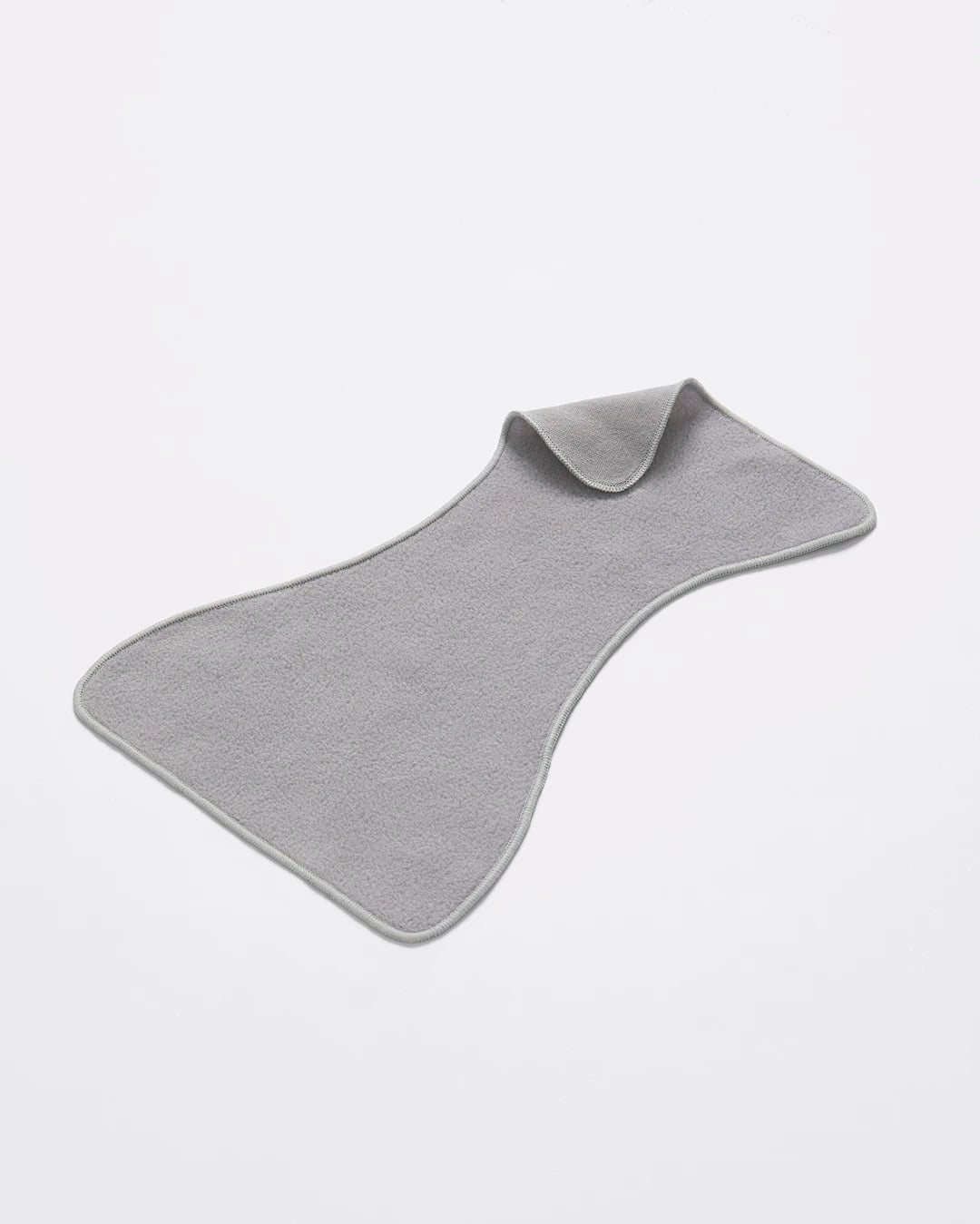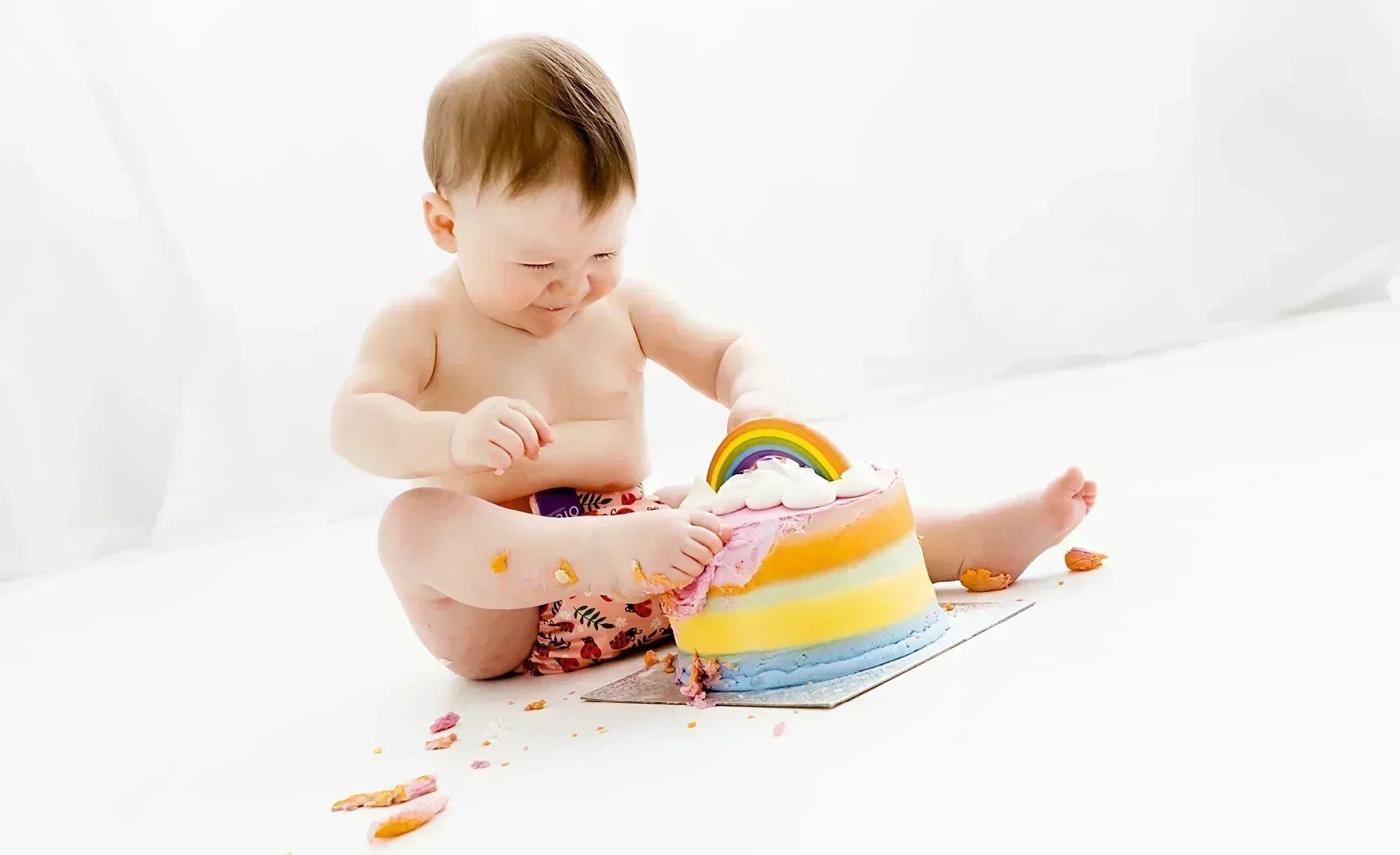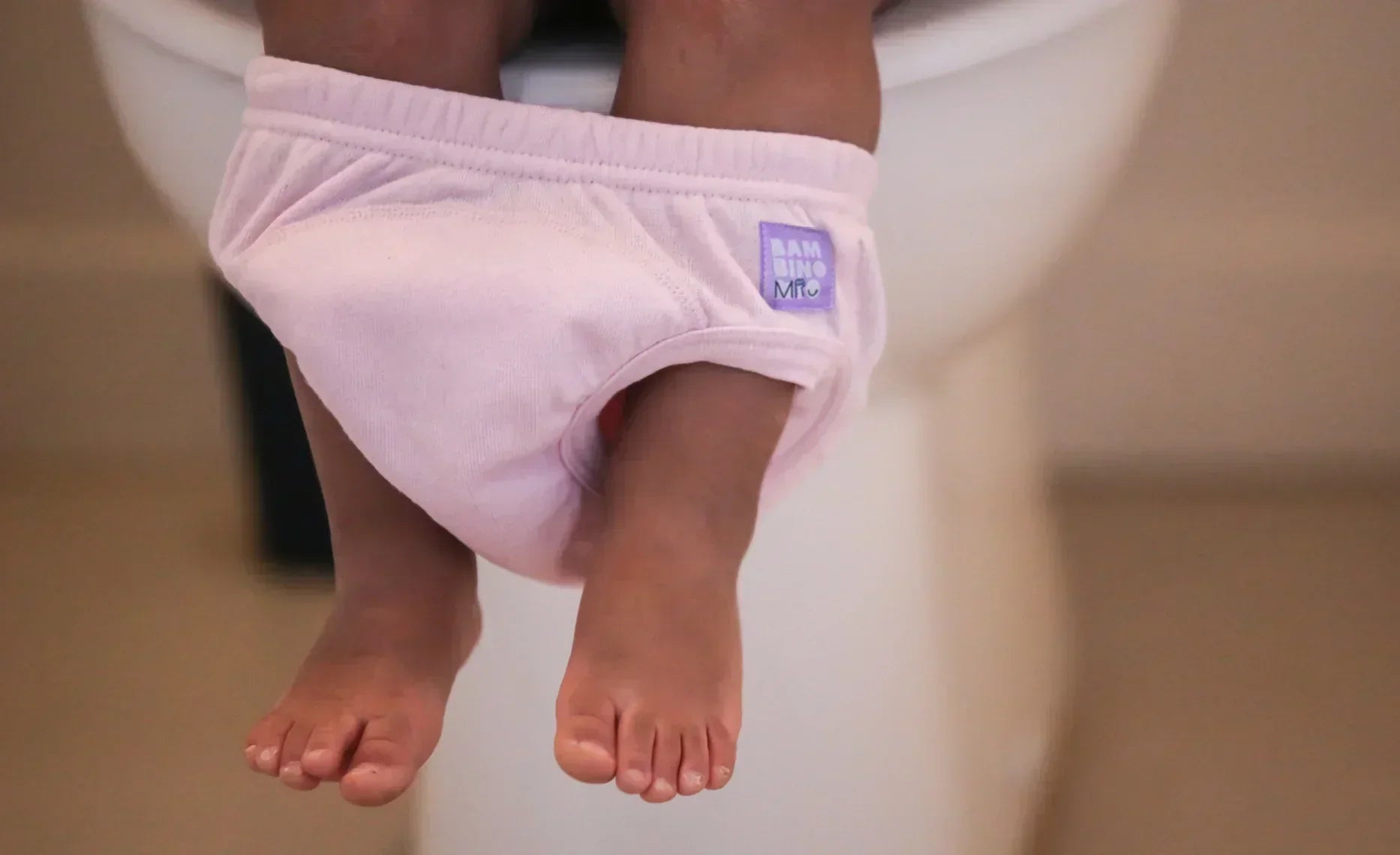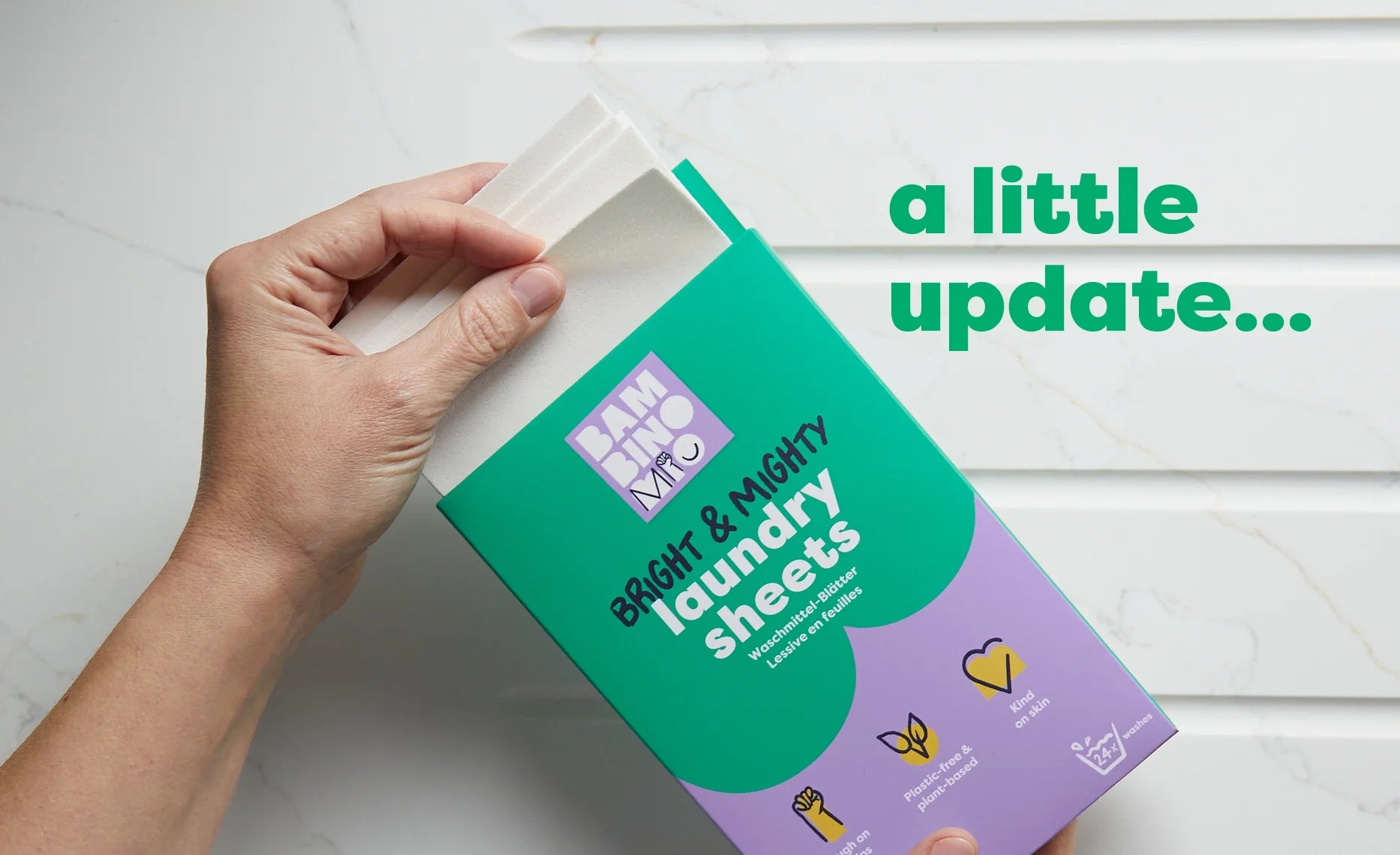Your Baby’s Teething Chart and Timeline
Share Options
- Bambino Mio
- 12 / 09 / 2023
Inside this Article:
- What order do babies get their teeth in?
- The lower central incisors - 5-7 months of age
- The upper central incisors - 6-8 months
- The upper lateral incisors - 9-11 months
- The lower lateral incisors - 10-12 months
- The upper first molars - 12-16 months
- The lower first molars - 12-16 months
- The upper canines - 16-20 months
- The lower canines - 16-20 months
- The lower second molars - 20-30 months
- The upper second molars - 25-30 months
- Citations and References
Your baby’s teeth were developing way before they were born - the buds start to become recognisable in their jaws at around 10 weeks of pregnancy!
Although you get to meet your baby after around 40 weeks of pregnancy, you still have a few months to go before you get to see those teeth they’ve been working on.
What order do babies get their teeth in?
In general, your baby will start cutting their first teeth at around six months of age, give or take a month or so.
Some babies start teething earlier and others might take up to a year to develop that gorgeous toothy smile, so don’t worry if your child doesn’t follow the milk tooth schedule to the letter.
Here’s the usual order of appearance for your baby’s first teeth.
The lower central incisors - 5-7 months of age
These bottom teeth are usually the first ones to make an appearance and you’ll be amazed at how tiny and white they are! Once these first teeth have erupted, it’s time to start a tooth brushing routine with your baby to keep them healthy.
The upper central incisors - 6-8 months
You’ll notice that your baby’s first teeth tend to erupt in pairs, so when the upper central incisors come through sometime between six and eight months, they’ll appear together.
The upper lateral incisors - 9-11 months
The upper lateral incisors are next, sometime between nine and 11 months. The lateral incisors are the teeth on either side of the central incisors and when the upper laterals erupt, your baby will have a small row of shiny teeth to flash at you.
The lower lateral incisors - 10-12 months
The lower lateral incisors cut through when your baby is between 10 and 12 months of age. It’s important at this stage, when your baby is weaning and exploring new foods, to keep sugar to a minimum to reduce the risk of cavities (1).
The upper first molars - 12-16 months
The first pair of larger teeth, the first molars, will come through between 12 and 16 months of age. Larger teeth might cause more discomfort, but there are lots of ways to help your baby through teething troubles.
The lower first molars - 12-16 months
The lower first molars often make their way out at around the same age as the upper ones and it’s important to keep them clean by brushing your baby’s teeth at least twice a day.
The upper canines - 16-20 months
The upper canines come in between 16 and 20 months to fill the gap between the incisors and the first molars.
The lower canines - 16-20 months
These teeth also erupt at roughly the same time as their upper counterparts.
The lower second molars - 20-30 months
These teeth, the biggest milk teeth, usually come through at some point between 20 and 30 months. Make sure you give these teeth a little extra attention when you’re brushing to keep them healthy.
The upper second molars - 25-30 months
These final teeth, the upper second molars, erupt between 25 and 30 months of age, giving your toddler their full set of teeth.
Citations and References
- National Health Service (NHS). ‘Teething. Looking After Your Baby’s Teeth.’ 2022. Web. www.nhs.uk/conditions/baby/babys-development/teething/looking-after-your-babys-teeth


